Advertisement
Stable Diffusion made high-quality image generation widely available. However, once a model is pre-trained, it often needs tuning to better suit specific goals or audiences. Direct Preference Optimization (DDPO) offers a way to fine-tune these models based on human choices rather than just data labels or loss scores. TRL, the Transformer Reinforcement Learning library, supports this method and helps integrate preference-based learning into image generation. When used together, DDPO and TRL make it possible to refine Stable Diffusion models so they produce results that match what people actually want, not just what training data predicted.
DDPO shifts the focus of fine-tuning from objective metrics to subjective human preference. Instead of learning from ground truth images or text matches, the model learns from relative comparisons: given two images, which is preferred? That preference becomes a training signal. DDPO uses this to shape a reward function and guides the model using reinforcement learning.
This approach works well with diffusion models like Stable Diffusion, which generate diverse, open-ended outputs. Prompts such as “a futuristic city at sunset” don’t have one correct image, but people can easily pick the one they like better. DDPO trains the model to consistently generate images that align with those preferences.
Stable Diffusion models are usually fine-tuned with labeled datasets or style-specific collections. But this can limit flexibility. DDPO avoids that by learning directly from user feedback. The model isn’t just learning to imitate—it’s adjusting to what people find more appealing, expressive, or useful. That could mean sharper images, better composition, or more accurate representations of prompts.
Because DDPO is reinforcement-based, it adjusts the model in response to how it performs, not just based on a fixed dataset. That makes it useful for improving prompt understanding, artistic control, or even brand alignment in image outputs. It builds a feedback loop that brings generation closer to what the user actually expects.
TRL makes this kind of training manageable. Originally designed for language models, TRL has expanded to work with different generative systems, including diffusion models. It offers the training infrastructure needed to apply DDPO without writing everything from scratch. This includes handling sampling, optimization, gradient flow, and reward shaping.

With TRL, you define the policy (Stable Diffusion), the reward model (trained on preference pairs), and the learning process (DDPO). TRL then takes care of aligning them. Even though Stable Diffusion isn’t a transformer, TRL handles it by wrapping the image generation pipeline in a compatible format.
The reward model doesn’t have to be perfect—it just needs to reflect consistent preferences. For instance, if your application values minimalism or clarity, the reward model can be trained to recognize those traits in image pairs. TRL uses this to fine-tune the image generator through DDPO.
This avoids the kind of rigid fine-tuning that leads to overfitting or degraded diversity. TRL allows for steady, controlled updates where the model retains its broad capabilities but becomes more responsive to specific preferences. It simplifies experimentation, too, so you can try different types of reward signals or feedback sources.
To begin, generate image pairs using your Stable Diffusion model. These pairs are shown to users or annotators, who select the preferred image. That preference becomes a training sample. You collect many of these and use them to train a reward model that can predict which of two images will likely be preferred.
Next, you wrap Stable Diffusion in a policy class and use TRL to apply DDPO. The reward model gives scores to generated images, and DDPO adjusts the model weights based on those scores. Over time, the generator learns to produce higher-ranked outputs.
This setup doesn’t require exact labels or pixel-perfect targets. It just needs consistent preference data. You can train on anything that matters to your use case—realism, creativity, simplicity, or even alignment with brand aesthetics. If users prefer a certain type of lighting or framing, the model will learn to reflect that in future generations.
Training typically runs for a limited number of steps and doesn’t require huge computation. Since you're not retraining the entire model from scratch, the updates are efficient. The feedback loop lets the model adapt without compromising its general capabilities.
The model also becomes easier to use. Prompts don’t need excessive tuning, and users get better results from simpler inputs. That’s helpful in production environments where non-technical users expect usable images from short descriptions.
Fine-tuning Stable Diffusion models with DDPO via TRL leads to more intuitive and controllable generation. Outputs become better aligned with what users actually want. This makes a difference in design, marketing, education, or any domain where image quality and relevance matter.

Since preference-based learning reduces the gap between prompt and result, users don’t need to rely on trial-and-error prompt engineering. Instead, the model is trained to “get it” based on real-world preferences. That’s especially useful when goals are abstract—like capturing mood, tone, or style.
TRL’s flexible setup means you can reuse models, reward components, and training logic across projects. You could even build systems that adapt over time, retraining on new preferences as your audience or use case evolves. Future reward models might combine visual, textual, or even emotional signals to create richer feedback loops.
This approach also encourages more ethical and transparent model behavior. Since preferences can be guided by human choices, teams can design reward systems that reflect values like fairness, clarity, or cultural sensitivity. It creates a training method that listens to humans instead of just guessing from data.
Fine-tuning image models once meant adding labels or tweaking prompts. With DDPO via TRL, models now learn directly from human choices. This leads to more natural and useful results. Stable Diffusion adapts to what people actually prefer, not just what data suggests. DDPO helps models improve with real feedback, while TRL simplifies the training. Together, they offer a better way to make generative models more responsive and aligned with user intent.

What data management is, why it matters, the different types involved, and how the data lifecycle plays a role in keeping business information accurate and usable

How Making LLMs Lighter with AutoGPTQ and Transformers helps reduce model size, speed up inference, and cut memory usage—all without major accuracy loss
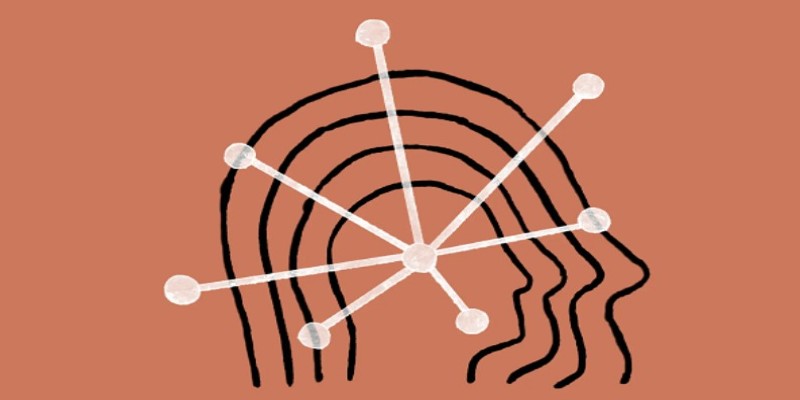
Is Claude 2 the AI chatbot upgrade users have been waiting for? Discover what makes this new tool different, smarter, and more focused than ChatGPT.

How AI in food service is transforming restaurant operations, from faster kitchens to personalized ordering and better inventory management
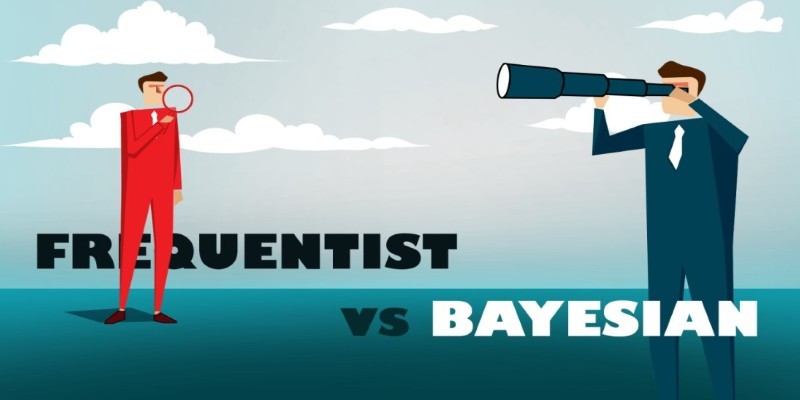
Explore the key differences between Frequentist vs Bayesian Statistics in data science. Learn how these two approaches impact modeling, estimation, and real-world decision-making

Explore the differences between the least populated countries and the most populated ones. Discover unique insights and statistics about global population distribution
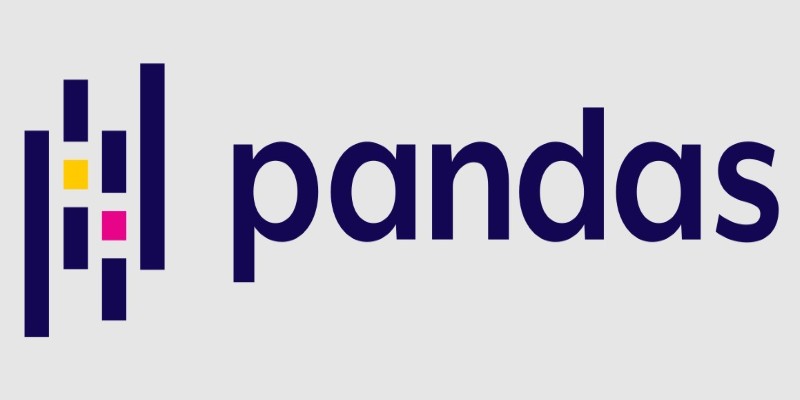
New to data in Python? Learn how to read, clean, and export CSV, Excel, JSON, and SQL formats using Pandas. A practical guide for beginners navigating real-world datasets
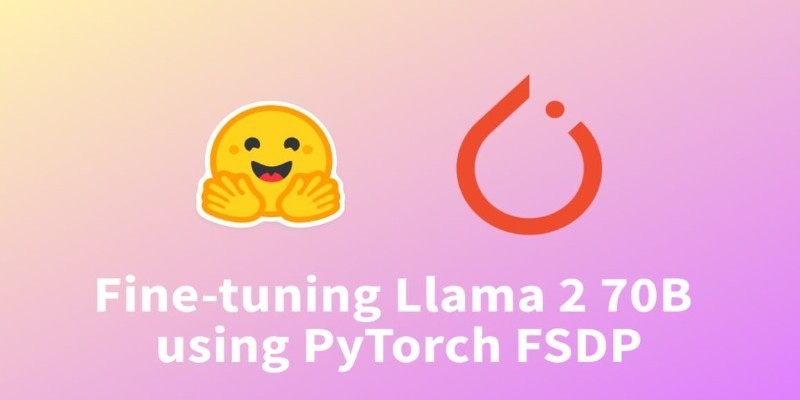
How fine-tuning Llama 2 70B using PyTorch FSDP makes training large language models more efficient with fewer GPUs. A practical guide for working with massive models

How Enterprise AI is transforming how large businesses operate by connecting data, systems, and people across departments for smarter decisions
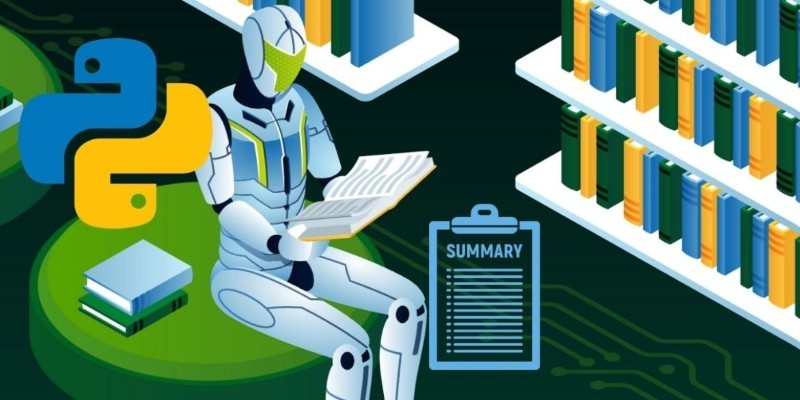
How to use transformers in Python for efficient PDF summarization. Discover practical tools and methods to extract and summarize information from lengthy PDF files with ease
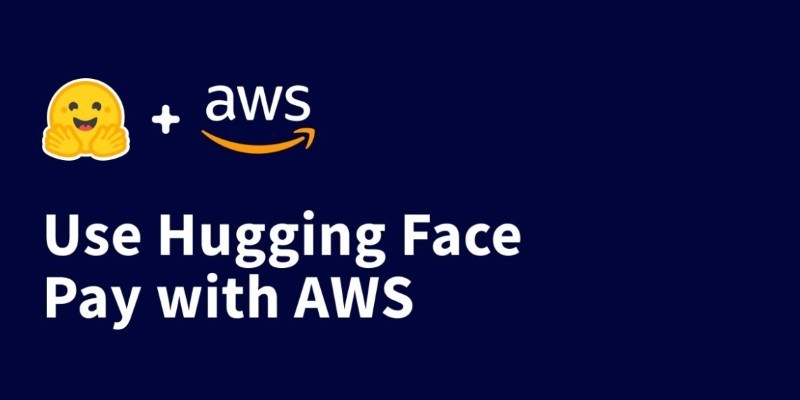
Deploy models easily and manage costs with the Hugging Face Hub on the AWS Marketplace. Streamline usage and pay with your AWS account with-out separate billing setups
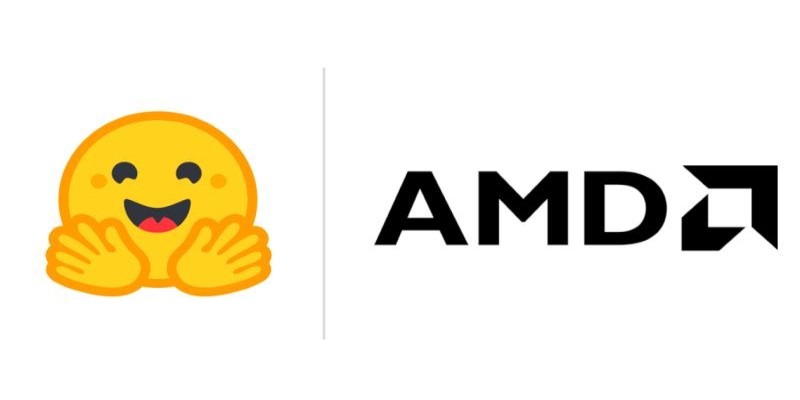
Discover five engaging and creative methods to teach your kids about saving money and instill essential financial literacy skills